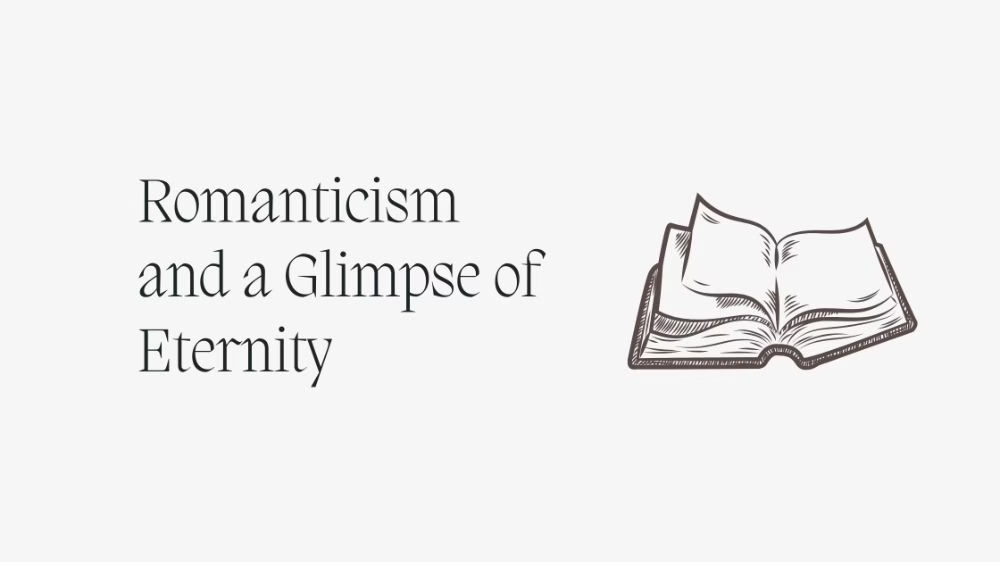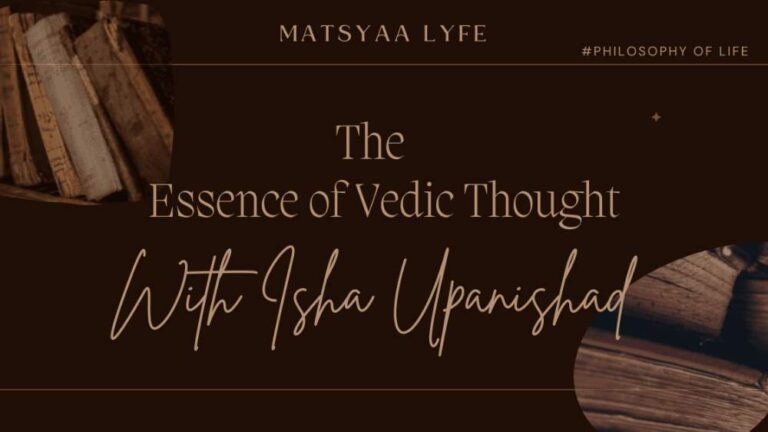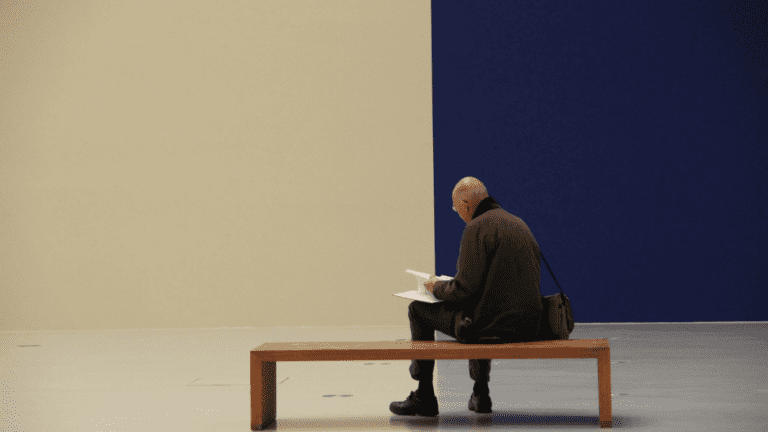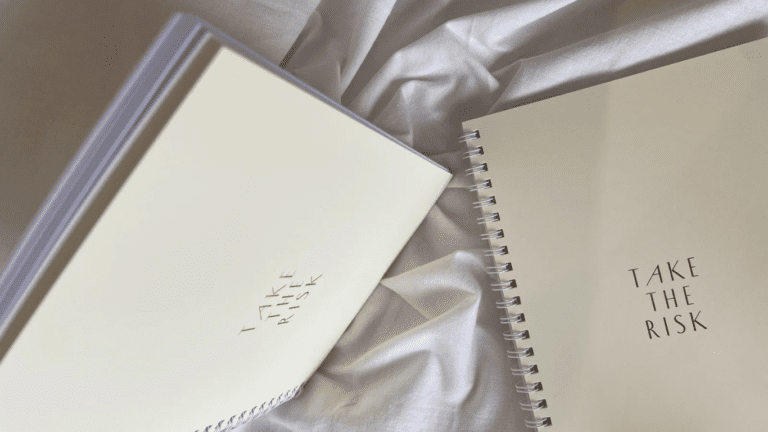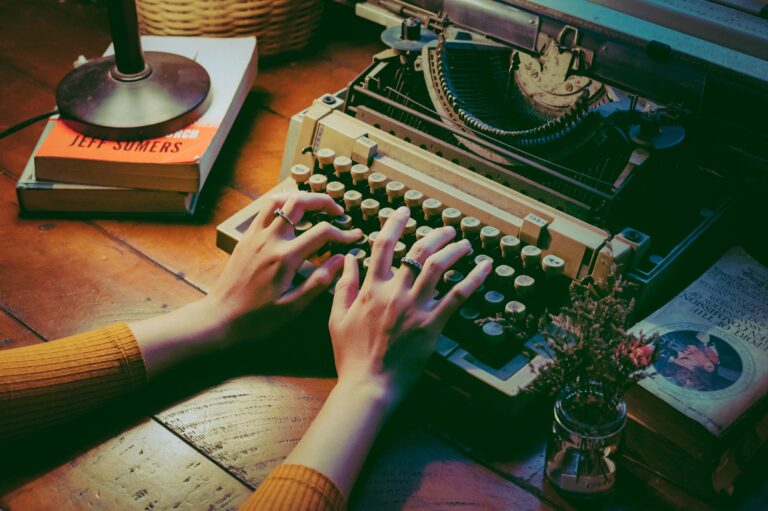Romanticism: Beginnings and A Glimpse of Eternity
I wrote a post about going back to romanticism recently.
The ways of the world definitely make me, a very ordinary 19-year-old student in English Literature, want to go back to the age of Romanticism where the poets and the artists ruled and there was no one who could copy their art and imagination within seconds.
“Romanticism” cannot be defined.
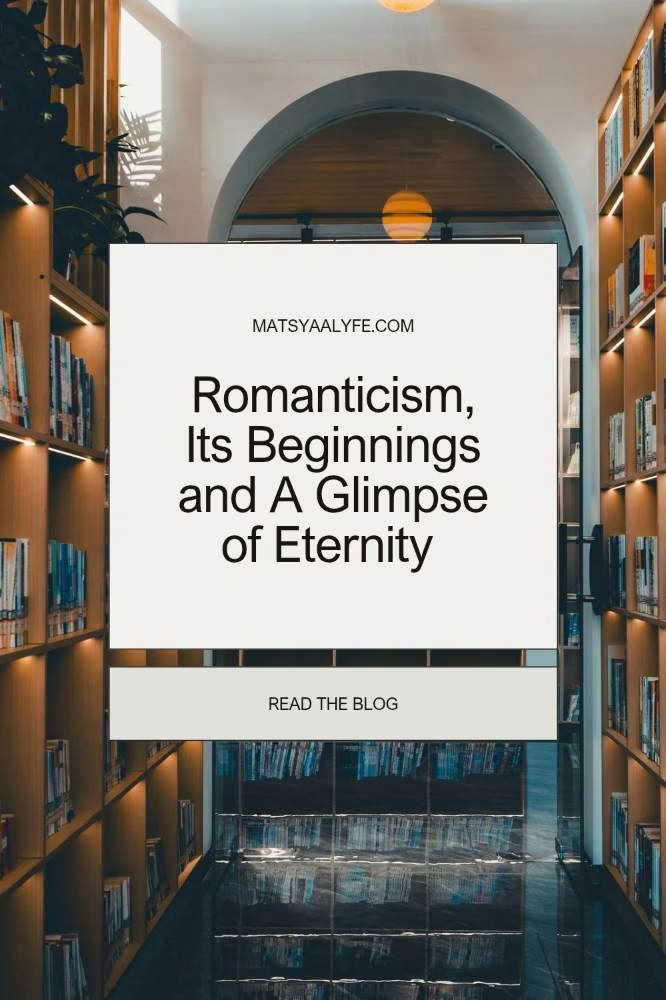
That’s how we’re now going to kick off this series, the purpose of which is quite frankly to define Romanticism. In my last post I talked plenty of all that I liked about Romantic poets.
Another great feature of the Romantic poets was that they had integrity with regards to their work, held “dedication to some ideal for which it is worth sacrificing all that one is, for which it is worth both living and dying” 1.
That’s why, since we’re tracing in their steps, we’re never going to give up either. And, in the article series that follows, we’re going to systematically target the history of Romanticism, look at its literature, its cultural context, the responses to it and how it came to an end.
And it’s not a boring history lesson or, even more so, a literature one (some people hold the opinion that literature is boring and that’s where I usually stop conversing).
Because throughout this series, we’re going to put all the Romantic thoughts and poems and ideas through the contemporary lens of everything humanity has come down to.
In other words, let’s really understand here what it means to go back to Romanticism, as Isaiah Berlin states, to the “beauty and ugliness”, the “art for art’s sake, and art as an instrument of social salvation”, the “strength and weakness, individualism and collectivism, purity and corruption, revolution and reaction, peace and war, love of life and love of death” (Berlin 2013).
I’ve quoted Isaiah Berlin twice already till now, so you might already have a foreboding regarding the inclination of my method of approach in this series: like the aesthetics of Isaiah Berlin himself, I don’t want to use the word aesthetic but it actually might be something I’ll end up using more than I’d want to throughout this series. But, why bother, life does have a theory of aesthetics just like art does and it’s something to be understood and embraced rather than just acknowledged passively.
I’ve always wanted to organize a course series like this where we don’t just go on repeating facts and words that’d look good and impressive when used together in the exam or any literary analysis, but where we actually see how literature both reflects and rises from the society and culture of the time it was composed in. It’s the true mirror of an epoch.
Going back to witness history or traveling forward to the future can be done in a select few ways; literature is an interesting medium of it.
That does not by any chance tell us what is the most defining, the most mainstream literature of the Romantic era is. Sure, we’ve got our core Canon, six poets who were important aspects of the Romantic movement. But that’s a limited sketch, it doesn’t take into account a variety of voices.
Unless we’re aiming to read every single text by every single author, get acquainted with every single idea that was formed as a part of Romanticism—which we can’t—we’ll have to be both smart and selective with our readings. More on that as we move along.
If you think I’m exaggerating the reach of the Romantic movement, let me quote Isaiah Berlin for one last time (in this article, that is):
“[T]he literature on Romanticism is larger than Romanticism itself, and the literature defining what it is that the literature on Romanticism is concerned with is quite large in its turn.” (Berlin 2013)
Go figure.
If you want to read more about Isaiah Berlin’s views on Romanticism, check out this article: Unbridled Romanticism: Isaiah Berlin.
- Berlin, I., Gray, J., & Hardy, H. 2013. The Roots of Romanticism: Second edition, Princeton University Press[↩]
